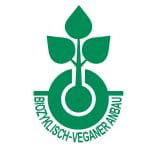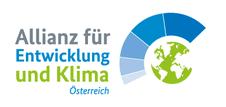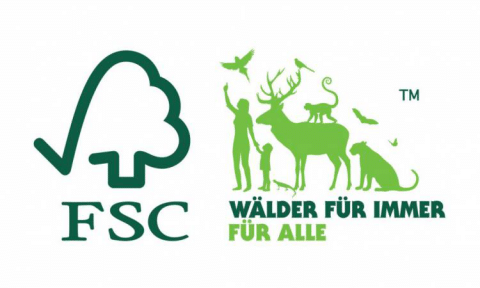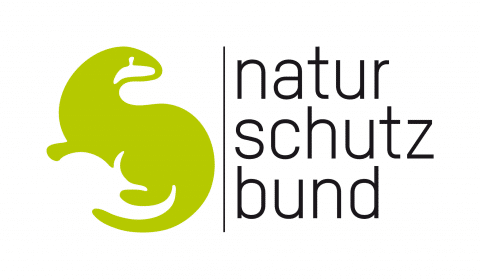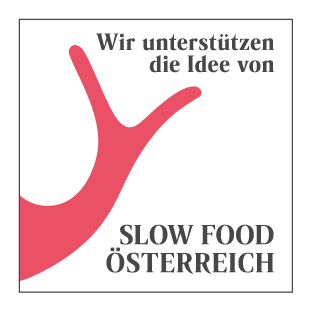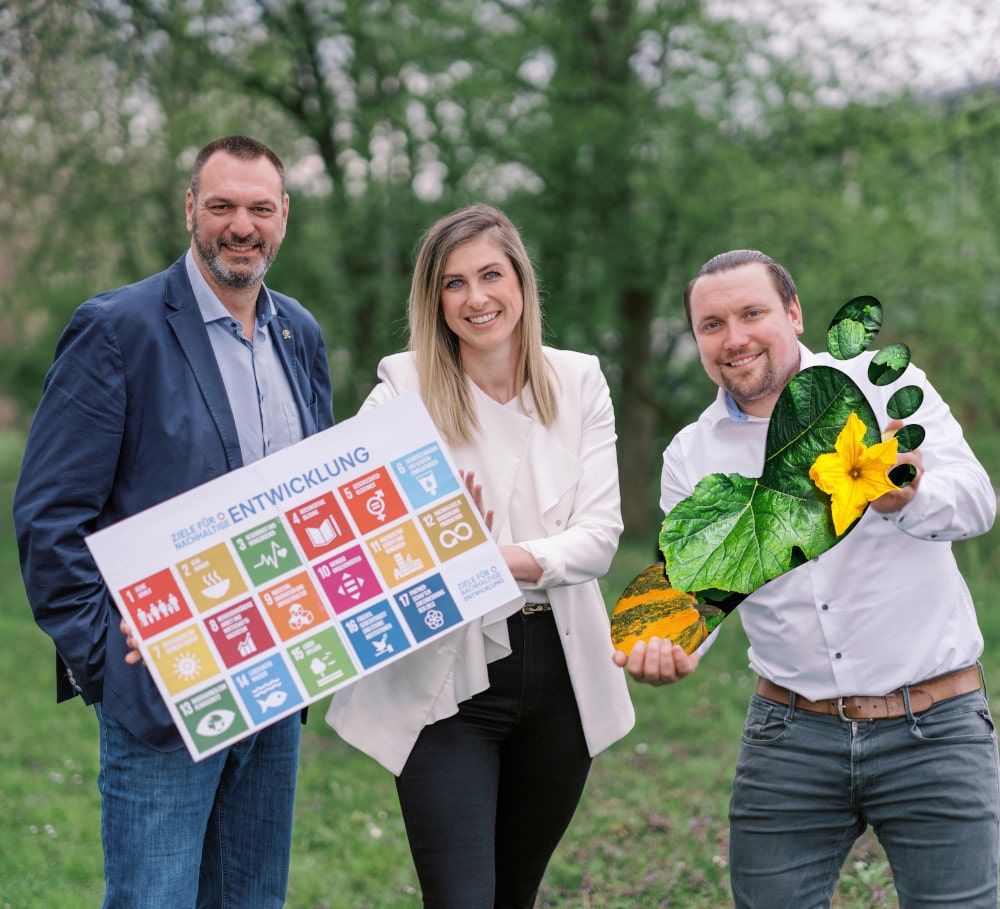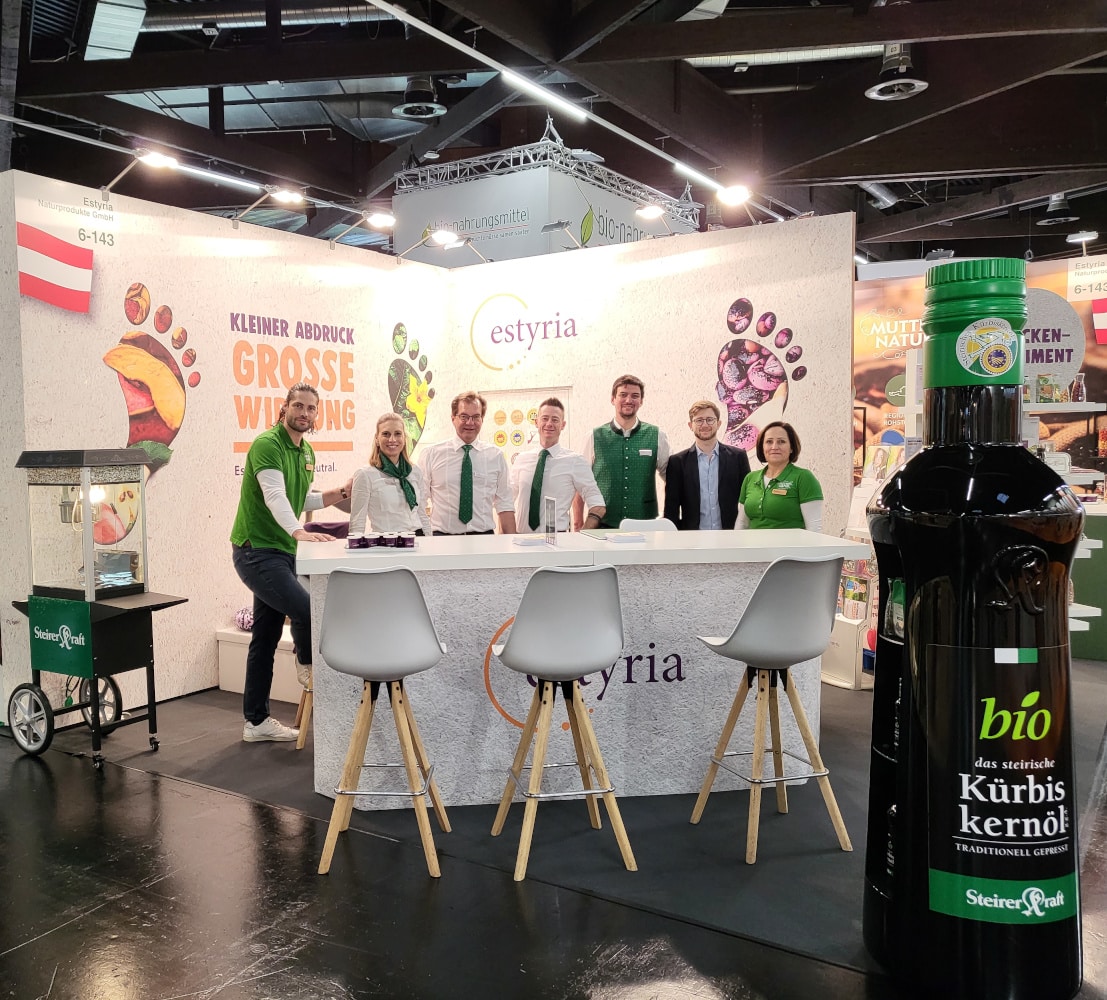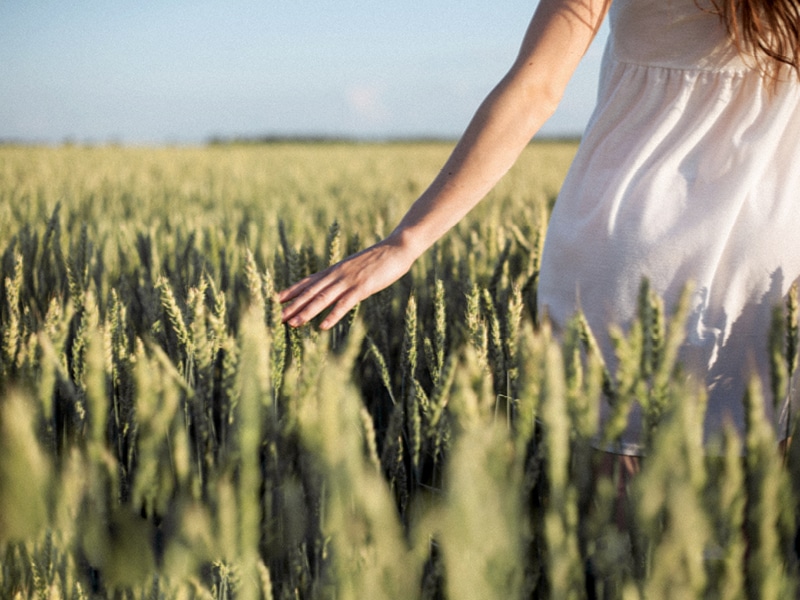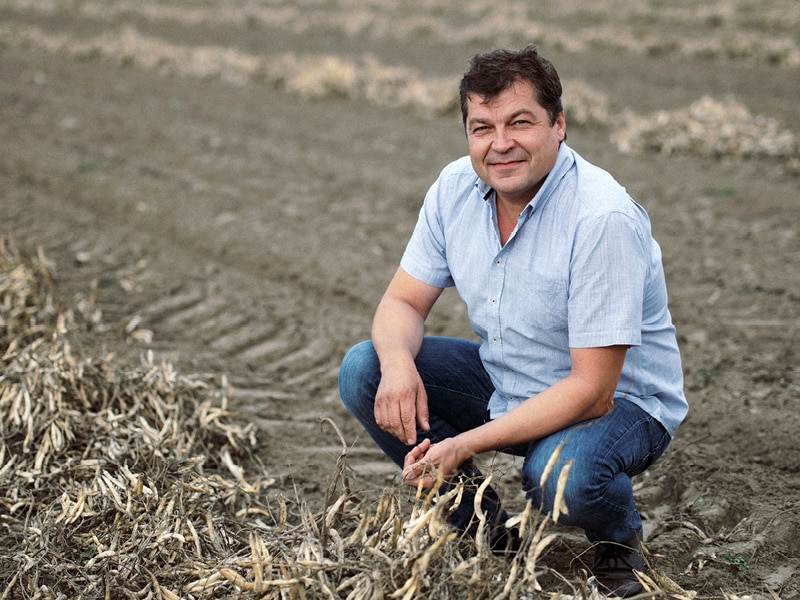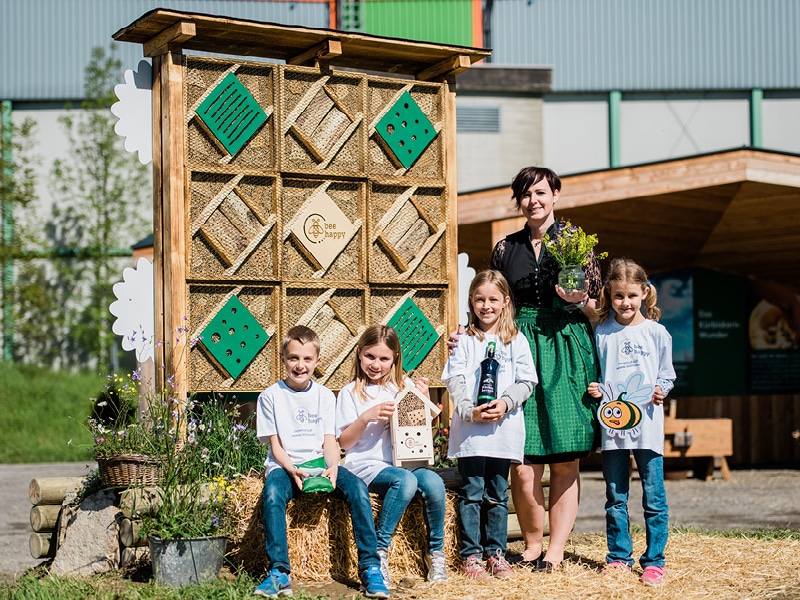Growing
sustainably
... with a comprehensive sustainability strategy. The first big step we’re taking (not counting the numerous sub-projects we’ve already completed!) is to introduce comprehensive climate protection measures

1. The new approach has been instilled into our management team and explained in detail.
2. Fokus Zukunft has helped us establish our status quo.
3. Our electricity now comes from green hydropower (and covers 65 % of our energy needs).
4. Since January 1, 2022, the entire brand program STEIRERKRAFT and MUTTER NATUR(PCF, Scope 3) are certified climate-neutral through compensation (Cradle to Gate).
5. We will continue to actively pursue our existing sustainability projects and integrate them into the new strategy.
6. By the end of 2022, we plan to present binding goals and a road map for our sustainability strategy.
What's
our
status quo?
Small Footprint Big Impact
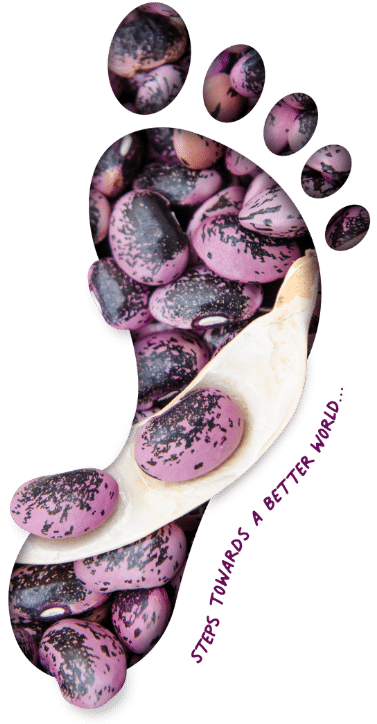
Our understanding of sustainability We believe sustainability is more than just being mindful of our planet and our climate. It also means being mindful of our employees and of society as a whole, and it means being prepared to take more responsibility. This understanding is reflected in the considerable action we’ve already taken in the field of occupational health as well as in various community projects we support.
The Code of Conduct enshrines our responsibilities towards society as well as environment and therefore underpins all our corporate activities. It applies to all our employees and also to our business partners.
Download here.
Although sustainability means more than “just” protecting our climate and our planet, this important aspect is nonetheless an excellent place for our corporate sustainability strategy to start.
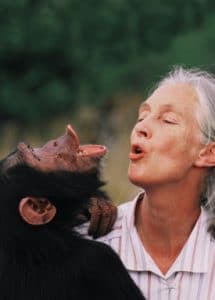
© Jane Goodall Institut/ Michael Neugebauer
Dr Jane Goodall cites four reasons that give us hope for the future of humankind: the power of the human brain, the resilience of nature, the energy of youth and the indomitable human spirit. We can place full confidence in these forces as we throw our energy into tackling the new challenges.
Our path
to carbon neutrality
Avoid,
where possible.
e.g. with 100 % green electricity
Reduce,
where possible.
e.g. with climate-friendly packaging solutions
Compensate,
what remains.
via certified climate protection projects
Frequently asked questions / FAQs
We believe it’s important to avoid generating greenhouse gases in the first place. That’s not always possible, so if we can’t prevent them completely, we try to keep our carbon emissions as low as possible. And then we voluntarily and deliberately offset these unavoidable emissions by funding certified climate protection projects.
We asked the sustainability consulting company Fokus Zukunft to calculate our corporate carbon footprint. They used the official GHGP guidelines to calculate our emissions balance.
In order to avoid the catastrophic consequences of global warming, a resolve was made by the United Nations Climate Change Conference to keep the rise in mean global temperature to well below 2 °C (and preferably 1.5 °C). However, the commitments made by individual countries will only limit the rise to a maximum of 4 °C. In order to close the gap between theory and reality, companies and private individuals alike need to channel much more effort into the cause. We’ve realised that the only effective way to combat climate change is by voluntarily reducing our emissions and compensating for those that are unavoidable. Hence we choose to offset our carbon emissions and play our part in preserving our world for future generations. Because analysing the problem is all very well – but we also need to take action and resolve it.
A carbon footprint is the amount of greenhouse gases (measured in CO2 equivalents) that are directly or indirectly generated by a person, company, organisation or product. It includes all the emissions generated by raw materials, production, transport, trade, usage, recycling and disposal. Calculating our carbon footprint helps us assess and compare our impact on the climate. This in turn enables us to pinpoint and implement important and effective steps to reduce our impact. A corporate carbon footprint refers to the overall carbon footprint of a company, while a product carbon footprint refers to the amount of CO2 generated by a single product.
There are seven main greenhouse gases, but some are more harmful than others. Methane, for example, is 21 times more damaging to the environment than CO2. Nitrous oxide is 310 times more harmful – and sulphur hexafluoride is a staggering 14,000 times worse! So in order to draw meaningful comparisons, the different greenhouse gases are converted into CO2 equivalents.
The IPCC (Intergovernmental Panel on Climate Change) and the Kyoto Protocol have designated seven main greenhouse gases for inclusion in calculations of greenhouse gas emissions. These are: carbon dioxide (CO2), methane (CH4), nitrous oxide (N2O), hydrofluorocarbons (FKWs), perfluorocarbons (PFCs), nitrogen trifluoride (NF3) and sulphur hexafluoride (SF6).
According to the “Clean Development Mechanism” described in the Kyoto Protocol, unavoidable greenhouse gases that are emitted in one part of the world can be offset by funding climate protection projects in other parts of the world. This is done by buying carbon credits for listed climate protection projects in six different project sectors (biomass, cooking stoves, solar energy, reforestation, hydropower and wind energy). Each carbon credit represents one tonne of CO2 that is offset by the project in question. Countless climate protection projects have been initiated round the world, most of which focus on renewable energy. Those who initiate the projects are awarded carbon credits which they can then trade in the form of climate protection certificates. Each project is assigned a certain number of credits based on the amount of emissions they save compared to those generated by a coal-fired power station.
Various emission factors (kilowatts of electricity, litres of petrol etc.) are used to ascertain how much energy a company uses (e.g. electricity, fuel). Most of these emission factors come from DEFRA (Germany’s Department for Environment, Food and Rural Affairs), while a few are taken from the GEMIS database (Global Emissions Model Integrated Systems, IINAS) and the Ecoinvent database. All are updated on a regular basis.
The GHGP stands for the Greenhouse Gas Protocol. This protocol distinguishes between emission scopes 1, 2 and 3, each of which covers different types of greenhouse gas emissions. Scope 1 covers all direct GHG emissions by a company. Scope 2 covers indirect GHG emissions resulting from the provision of energy (electricity etc.) to the company. Scope 3 covers other indirect emissions down the entire value chain.
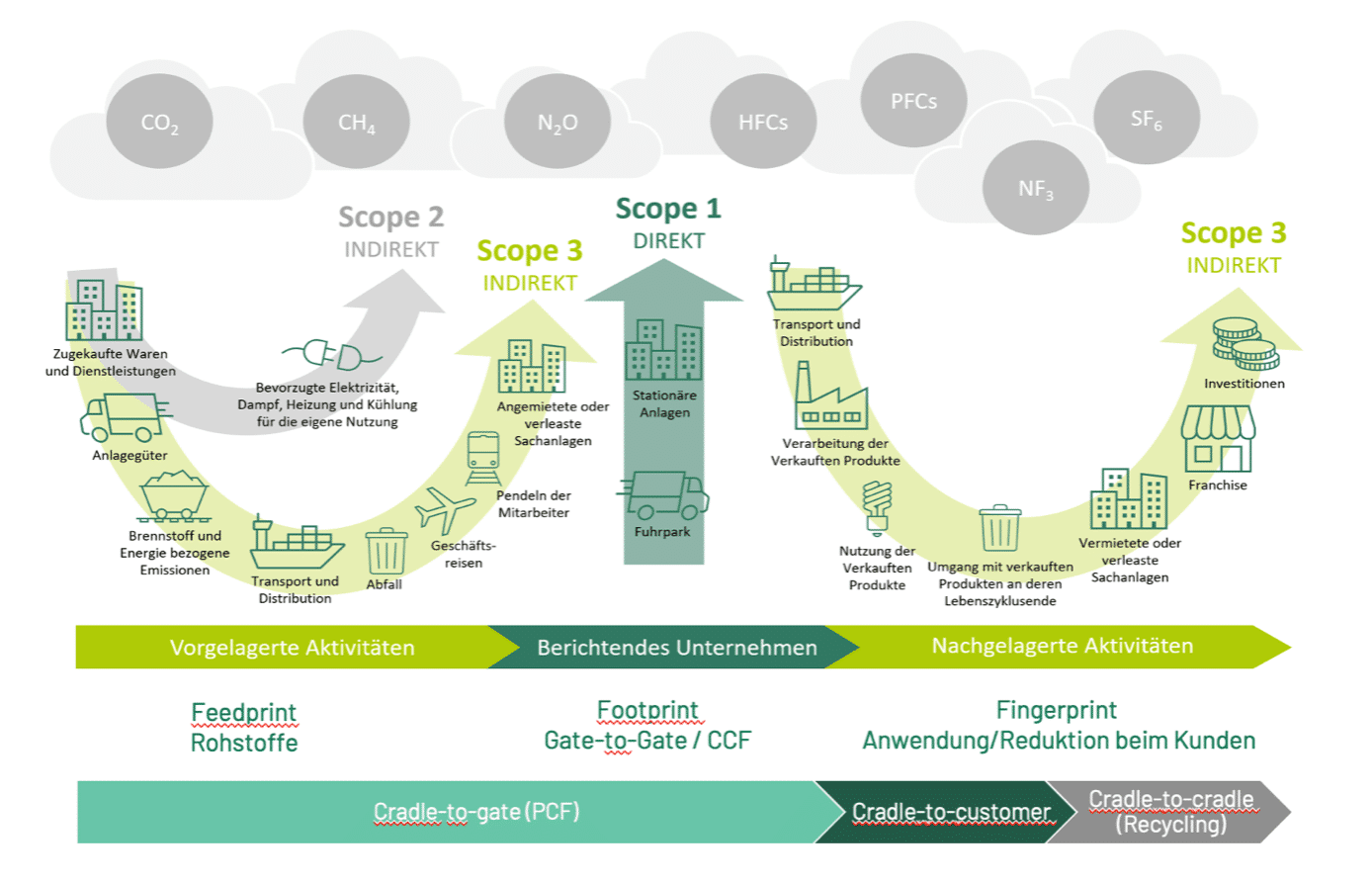
As soon as you buy a carbon credit, it is cancelled. This is important because unless the credits are cancelled, you can’t market a company or product as carbon-neutral. And that’s because you could otherwise theoretically continue trading with the carbon credit – which would completely defeat the object of reducing additional emissions.
Those who initiate climate protection projects (mostly in the field of renewable energy) are awarded carbon credits which they can then trade in the form of climate protection certificates. The number of credits they’re awarded is based on the amount of renewable energy they generate compared to the equivalent amount of emissions that would have been generated by a coal-fired power station.
We work with Fokus Zukunft to support biomass, wind energy and hydropower projects in India. You’ll find detailed project descriptions in our article about Estyria’s certified climate protection projects.
Yes. The climate protection projects we support are all accredited, approved and monitored to one of three internationally recognised standards – VCS (Verified Carbon Standard), UN CER (United Nations Certified Emission Reduction) or WWF’s Gold Standard. The project results (actual carbon savings) are validated by an independent body such as TÜV (Technical Inspection Association).
Climate change is a global crisis. At the end of the day, it doesn’t matter where in the world the CO2 emissions are generated or reduced – what counts is the sum total of greenhouse gases in the atmosphere. The internationally binding Kyoto Protocol says climate protection projects should be located in places where they can make a big impact in terms of avoiding or absorbing greenhouse gases. As a result, most projects of this nature are based in emerging/developing countries where new technology can potentially reduce emissions by a high amount. In addition, conditions in these countries are often far more favourable for renewable energy sources (solar, wind, water, biomass) than is the case in industrialised European countries – where, incidentally, there are very few approved and certified carbon offset projects.
Steps we're taking
to make our world a better place
- Transition to 100% green electricity (65% of Estyria’s energy needs)
- Photovoltaic system in operation and more projects in the pipeline
- Project for re-using waste water
- Energy management system certified to ISO 50001 standards
- 55% organic share in production
- Heavy marketing focus on regional brands Steirerkraft and MUTTER NATUR
- Recyclable packaging (monofilms)
- Less packaging (no stand-up pouches)
- Products can be bought loose in the Steirerkraft Kernothek store (zero-waste station)
- Industry project “ReFlex” in cooperation with UAS Campus Vienna and Circular Analytics
- Extensive occupational health programme >> career (OHM measures)
- We support the Guat Leb’n Society’s animal-assisted therapy farm >> Steirerkraft supports the Guat Leb’n Society
- Wildflower strips project with contract farmers
- B2C awareness campaign: bee happy – Steirerkraft helps our wild bees
- On-site electric charging station for e-bikes
- Electric car pilot project in the company vehicle fleet
Your dedicated contact
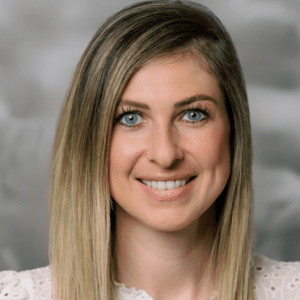

What else is new?
